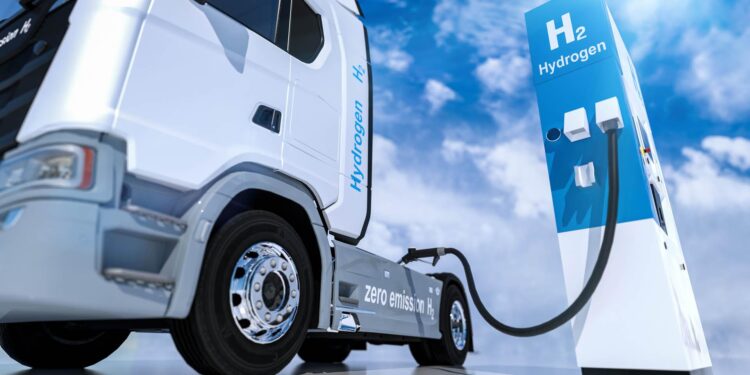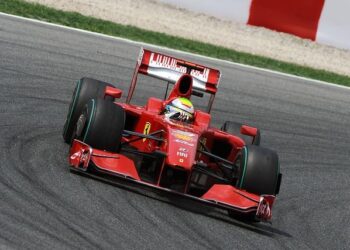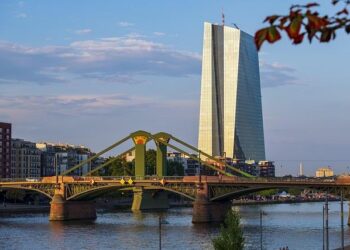Austria is taking a significant step toward sustainable urban transportation with the launch of a new fleet of hydrogen-powered buses in Vienna. This initiative, part of the Mobility Plaza project, marks a major milestone in the country’s efforts to reduce emissions and promote clean energy solutions in public transit. By integrating hydrogen mobility into the city’s infrastructure, Vienna aims to set a precedent for eco-friendly transportation across Europe.
Austria Launches Hydrogen-Powered Bus Fleet to Transform Viennas Public Transport
Vienna is steering towards a cleaner and more sustainable future with the introduction of a cutting-edge fleet powered entirely by hydrogen fuel cells. This bold initiative not only aims to reduce the city’s carbon footprint but also sets a precedent for urban mobility across Europe. The new buses promise zero emissions, quieter rides, and greater efficiency compared to traditional diesel counterparts, aligning perfectly with Austria’s ambitious climate goals for 2030.
Key features of the hydrogen bus fleet include:
- Range of up to 350 kilometers on a single tank
- Refueling times under 10 minutes, comparable to conventional buses
- Advanced onboard diagnostics for real-time performance monitoring
- Comfort-enhancing designs for passengers, including low-floor access and spacious interiors
| Specification | Value |
|---|---|
| Number of buses launched | 50 |
| Expected CO2 reduction per year | 620 tons |
| Hydrogen storage capacity | 35 kg |
| Maximum passenger capacity | 80 |
Innovative Fuel Technology Promises Reduced Emissions and Enhanced Sustainability
Austria is leading the charge toward a greener future with the rollout of a pioneering fleet of hydrogen-powered buses in Vienna. This breakthrough in public transportation harnesses advanced fuel cell technology, converting hydrogen into electricity with only water vapor as a byproduct, effectively eliminating harmful tailpipe emissions. The new buses are set to significantly reduce the carbon footprint of urban transit, promoting cleaner air and enhancing the city’s commitment to sustainable mobility solutions.
Key advantages of hydrogen fuel technology include:
- Fast refueling times comparable to traditional diesel buses
- Extended driving range, ideal for extensive city routes
- Zero emissions, drastically lowering urban pollution levels
- Quiet operation, contributing to reduced noise pollution
| Feature | Hydrogen Bus | Diesel Bus |
|---|---|---|
| Emissions | Zero COâ‚‚ | High COâ‚‚ |
| Refueling Time | ~10 minutes | ~15 minutes |
| Range per Fill | 400 km | 300 km |
Experts Recommend Expanding Hydrogen Infrastructure to Support Future Mobility Growth
Leading voices in the energy and transport sectors are urging governments and private stakeholders to accelerate the build-out of hydrogen refueling stations and production facilities. As Austria rolls out its new hydrogen-powered bus fleet across Vienna’s bustling streets, experts emphasize that without a robust infrastructure network, the potential of hydrogen as a clean mobility solution could be severely limited. Investments are needed not only in urban refueling points but also in regional and highway corridors to ensure seamless long-distance travel and refueling convenience.
Key infrastructure priorities highlighted include:
- Scaling up green hydrogen production using renewable energy sources
- Deploying fast and accessible hydrogen refueling stations across metropolitan and rural areas
- Integrating smart grid technologies to optimize hydrogen distribution and storage
- Fostering collaboration between automotive manufacturers, energy providers, and policymakers
| Infrastructure Component | Current Status | Target by 2030 |
|---|---|---|
| Refueling Stations (Vienna) | 5 operational | 20+ |
| Hydrogen Production (Green) | 15% of total | 75% of total |
| Fleet Size Supported | 100 buses | 500 buses |
In Summary
As Austria continues to prioritize sustainable transportation, the launch of Vienna’s new hydrogen-powered bus fleet marks a significant step forward in the city’s commitment to reducing emissions and enhancing urban mobility. With this initiative, Vienna not only embraces cutting-edge clean technology but also sets a precedent for other European cities aiming to transition towards greener public transport solutions. The success of this project will be closely watched as a potential model for the future of hydrogen mobility across the continent.
















